Fatal Big Rig Crash in Fresno: One Dead, Investigation Ongoing
Fatal Big Rig Collision at American and Del Ray Avenues in Fresno Claims One Life
Overview of the Incident
Fresno, CA — On Wednesday, November 5, 2025, a man tragically lost his life in a collision involving a big rig at the intersection of American Avenue and Del Rey Avenue in Fresno. According to preliminary reports, a Dodge Challenger was traveling behind a tractor-trailer when the truck began turning into the nearby POM Wonderful plant. For reasons still under investigation, the driver of the Dodge did not stop in time and crashed into the rear of the turning big rig.
Emergency responders arrived shortly after the crash. The driver of the Dodge was pronounced deceased at the scene due to his injuries. The truck driver, a male, sustained injuries and was transported to a local hospital, where he is expected to recover. Authorities continue to investigate the sequence of events that led to this tragic loss.
As with any serious collision, many details remain under review. Investigators will assess factors such as speed, visibility, lighting and roadway conditions, vehicle condition, driver attention, signaling, and compliance with traffic laws to determine how and why this crash occurred.
Understanding the Risks in Big Rig Rear-End Crashes
While every collision is unique, certain characteristics of tractor-trailers can make rear-end collisions particularly dangerous:
- Longer stopping distances: Fully loaded semis require much more distance to slow and stop. Any sudden turns or decelerations can create significant closing speed for vehicles following behind.
- Large blind spots: Big rigs have wide “no-zones,” especially behind the trailer, where passenger vehicles may be less visible.
- Underride hazards: When a car collides with the back of a trailer, the impact can be severe due to height differences, even with underride guards in place.
- Turning dynamics: Trucks making wide right or left turns—such as into an industrial driveway—may slow significantly, straddle lanes, or appear to move unpredictably to other drivers.
- Visibility and signaling: Turn signals, brake lights, reflective tape, and ambient lighting conditions all play a role in whether following motorists can perceive a truck’s movements in time.
These realities underscore the importance of caution for everyone sharing the road with large commercial vehicles. They also highlight why a thorough investigation is essential after a serious crash.
Key Questions Investigators May Consider
To determine fault and contributing factors, investigators typically examine a range of evidence, including:
- Dashcam and surveillance video: Cameras from nearby facilities, traffic intersections, or vehicles may capture the moments leading up to the crash.
- Electronic data: Modern trucks maintain electronic control module (ECM) data and electronic logging device (ELD) records that may show vehicle speed, braking, hours-of-service compliance, and more.
- Truck systems and maintenance: Investigators may review brake function, lighting, reflective markings, and maintenance logs to ensure the truck met safety standards.
- Turn and signal usage: Whether the truck signaled the turn in a timely manner and whether the signals were functioning properly can be critical.
- Skid marks and impact analysis: Physical evidence at the scene can help reconstruct dynamics like speed and following distance.
- Driver factors: Distraction, fatigue, impairment, medical conditions, and experience can affect reaction times and decision-making.
- Road design and conditions: Sightlines, signage, road surface, lighting, and traffic patterns at the intersection or driveway entrance can influence driver behavior and visibility.
Legal Rights for Families After a Fatal Truck Accident
When a loved one is killed in a collision with a commercial vehicle, California law provides pathways to pursue accountability and financial recovery. Two types of claims may be available:
- Wrongful death: Brought by surviving family members (often a spouse, domestic partner, children, or other dependents), this claim seeks compensation for losses the family suffers due to the death. Potential damages can include the loss of financial support, loss of household services, loss of companionship and guidance, funeral and burial expenses, and other related losses.
- Survival action: Brought on behalf of the decedent’s estate, a survival claim may seek damages the person could have recovered had they survived, such as medical bills incurred before death and, in some cases, punitive damages where egregious conduct is proven.
California’s statute of limitations for wrongful death is generally two years from the date of death. Survival actions are also typically subject to a two-year limitations period. Different deadlines can apply when government entities are involved or when certain types of claims are asserted, so it is important to consult an attorney promptly.
Comparative Fault and Complex Liability
California follows a comparative negligence system. This means responsibility for a crash can be shared among multiple parties. Even if a decedent is found partially at fault, their family may still recover compensation proportional to the other parties’ fault.
Our deepest condolences go out to the family and loved ones of the victim lost in this tragic big rig accident. Collisions involving large commercial vehicles often have devastating consequences, underscoring the need for strict safety practices and heightened awareness from all drivers on the road.
At Avian Law Group, we understand the profound impact that fatal truck accidents have on families and communities. Our experienced attorneys are committed to helping victims’ families pursue justice, hold negligent parties accountable, and secure the compensation they deserve. If your loved one has been involved in a fatal truck or big rig accident, contact Avian Law Group today for a free and compassionate consultation.
Table of Contents
Get a FREE case evaluation today.






























































































































































































.avif)
